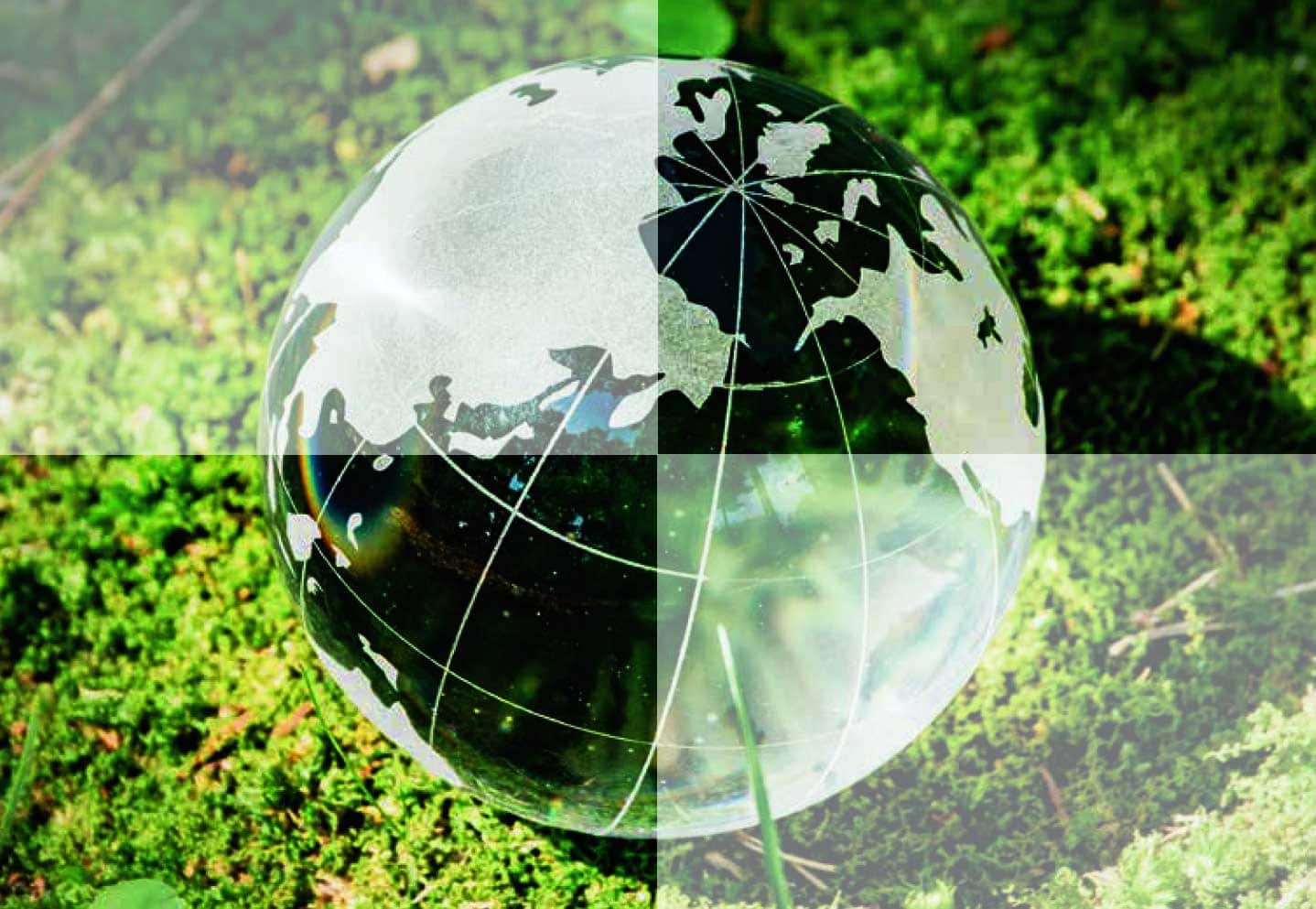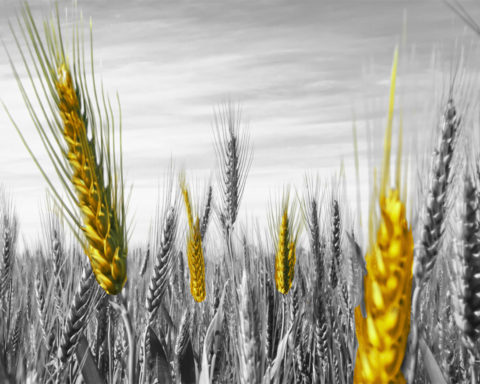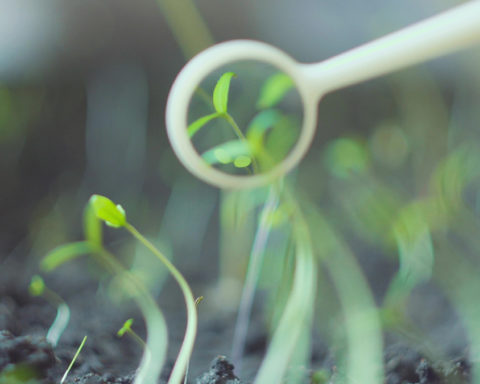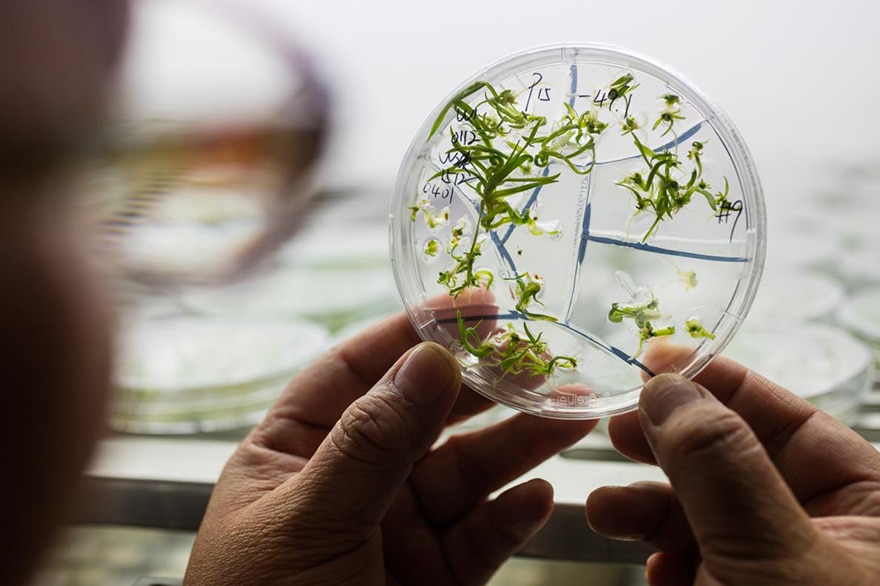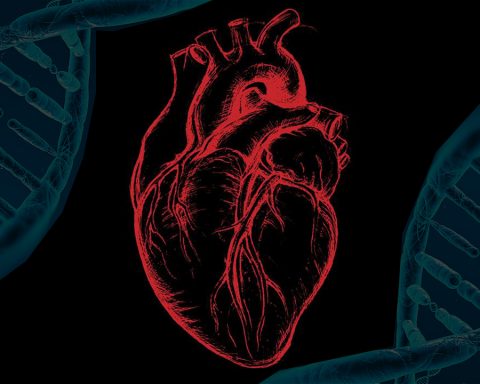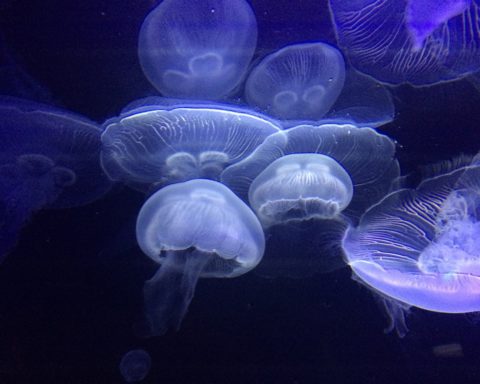Birth of an idea
An industrial-scale project
Digitization of living organisms and blockchain
Good intentions?
" Primroses and landscapes have a serious flaw: they are free. "
A project " has been » ?

Anything to add? Say it as a comment.

Anything to add? Say it as a comment.



Already registered? I'm connecting
Register and read three articles for free. Subscribe to our newsletter to keep up to date with the latest news.
→ Register for free to continue reading.

You have received 3 free articles to discover UP'.
